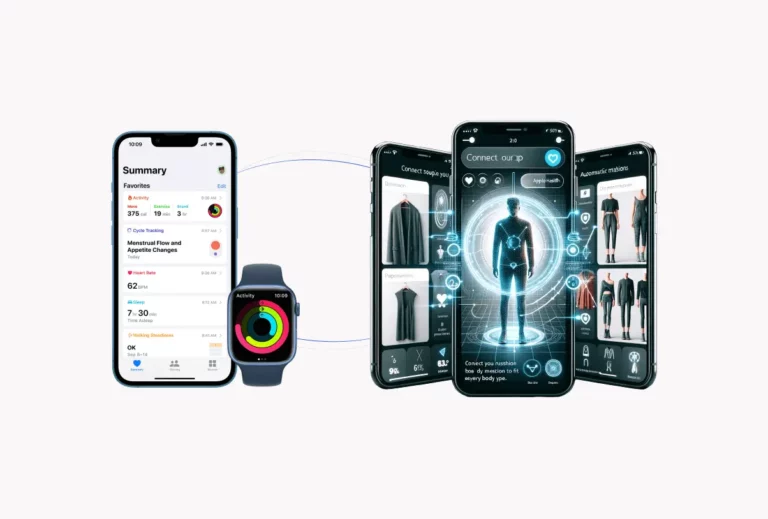Customers of today are not single-issue. Today brands have the opportunity to celebrate diversity and expand in a meaningful way that resonates to each group… Who are you leaving out of the conversation when designing for your customers? We’ve rounded up a few fashion teams who have designed creatively with the concerns of their shoppers in mind, prerequisites removed.
Radical Inclusion - eliminating prerequisites for shopping with a brand

Unique brand pairings speak to the trend of radical inclusion and being able to offer fresh experiences to the humans who follow their brand. We’ve all had that moment in 2020 where we tried to make our sweatpants and casual home clothes more professional for our zoom calls or practical for making bread in between meetings: what does business casual or athleisure even mean anymore? Are we heading towards a space where we want our clothes to be both comfortable, stylish and fashionable?
The answer is yes – and finding ways to work and design together to cross-pollinate unique audiences and expose new faces to fashion markets.
The announcement of Gucci collaborating with The North Face on a range of products was based in the spirit of exploration and connecting two seemingly disparate dots, but the fun doesn’t end there. Both brands also just launched a partnership with Pokémon Go to create digital avatar outfits available at 100 PokéStops globally. What are some out-of-the-box collaborations you can make with your brand?
Inclusive Sizing - creating better fashion that is here to stay
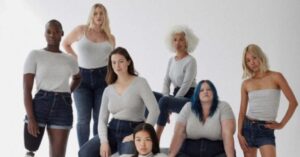
Anyone paying attention to the fashion industry may think themselves well-versed enough to editorialize on the growing size-inclusive market. It now seems obvious that inclusion through size, in all directions, is a great way to capture an elusive spend for companies from clients craving style, functionality and quality in their wardrobes.
According to this Vogue Business article, “globally, the plus-sized market is valued at over $178 billion, with projected 4.3 per cent annual growth through to 2028, according to Acute Market Research.” Brands have an endless opportunity to expand their sales through extended sizing options via an investment in extended size fit-models, quality garment construction and artistic direction. Digital innovation is a great way to support this effort through tagging, diverse sample models, customer reviews and accurate sizing guidelines.
Androgynous Identity - removing gender from design
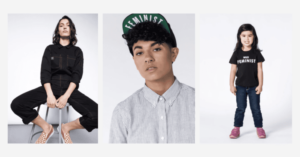
How many women out there have coats with “pockets” which aren’t even real? This excellent shout-out on gender politics around pockets was posted by the Atlantic in 2014. Current trend-watchers also regularly highlight gender-shifting in men’s clothing with pop-culture icons such as Harry Styles and Jonathan Van Ness.
As a mountaineer, I can happily say that I can put on a “men’s sock line” or a “men’s jacket” and feel 100% fine – no matter what gender the products are marketed to.
We’re seeing brands develop a more androgynous lines especially with generation z and millienials paving the path for diversity in color ranges, types of clothing and modern silhouettes that do not comply with stereotypical gender norms.
Enter companies like Wildfang which offers women’s apparel but with a menswear, breaking gender norm twist. The company was founded in 2012 by Emma Mcilroy, Taralyn Thuot and Julia Parsley, who previously worked at Nike, Inc. in Portland, Oregon. This is not entirely new, Gabrielle “Coco” Chanel is the well-known pioneer for translating menswear into womenswear through simplistic and minimalistic cuts.
Place Your Brand Where Your Cause Is - Shoppers want you to speak up
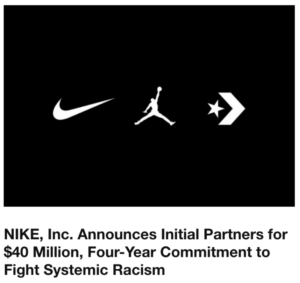
Your consumer base is crafting their identity which is rooted in values, ethics, and hard truths. Between the COVID crisis, Black Lives Matter, climate politics and all the disruption in our communities bubbling to the surface, brands have had to become human or fall to the curb with some facing cancel culture.
Four key questions come to mind: What is your mission? What are your values? Where do you fall in your activism? And lastly, how bold can you be to represent and invite new people to your community? Look to teams like Nike’s $40 million dollar financial investment in innovating equity in-house, as well as their brand ambassador Colin Kaepernick.
The Silver Generation - it’s not who it used to be
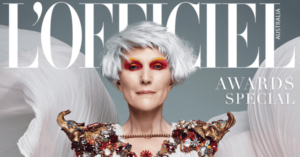
Brands are losing huge opportunities to connect with aging populations which are heavily untapped, hidden from view and rarely targeted in the fashion market and industry.
Consumers, like myself, would love to stick with a brand for our entire lifetimes, but I’m struggling to name one brand which does this currently?
You may have lost your older population because its definition, and its consumer expectations, aren’t what they used to be.
Circling back to identity and the previous comments about radical inclusion, we’re going to be a fresh wave of products dedicated to brands who think about their customers as humans. Humans who can wear their brand in preschool, college, professional lives, parenting, entrepreneurship to retirement.
Now what?
These five areas aren’t brand new, but the demand is growing and the time for fruitful innovation is here. Let’s get to work, if you’re reframing your value propositions, looking for more insights, or wanting to optimize your Direct to Consumer subscription business model.

